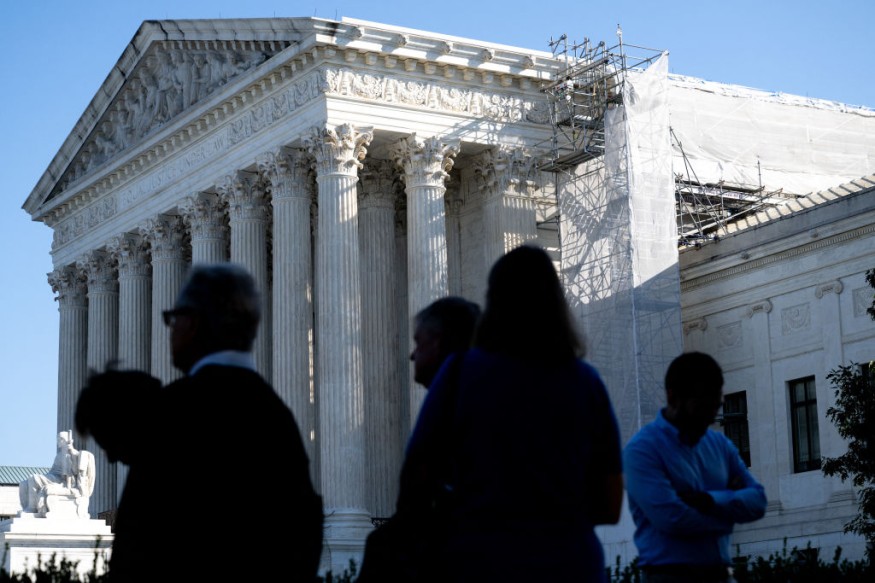
The U.S. Supreme Court has upheld a new federal regulation designed by the Environmental Protection Agency (EPA) to reduce carbon pollution from coal- and gas-fired power plants.
This decision on Wednesday marked a significant victory for President Joe Biden's environmental agenda, which aims to curb carbon emissions and combat the climate crisis.
Supreme Court Upholds EPA's Carbon Reduction Rule
The rule, which went into effect on July 8, mandates that power plants reduce emissions of carbon dioxide, a primary contributor to climate change.
The Biden administration's initiative targets a 90% reduction in emissions from coal plants expected to operate beyond 2038 and newly established gas plants by 2032, utilizing carbon capture and storage (CCS) technology.
This regulation is an important step in the administration's broader goal to achieve net-zero emissions from the power sector by 2050. While the EPA's rule has received support from environmental advocates, it has faced fierce opposition from states and industry groups, according to The New York Times.
Over two dozen states, led primarily by Republican governors, joined by coal companies and power plants, requested that the Supreme Court block the regulation, arguing that the EPA lacks the authority to impose such stringent requirements.
West Virginia, a major coal-producing state, contends that the rule is "a backdoor way to force coal plants out of business."
The Supreme Court's decision not to block the regulation means it will remain in effect while ongoing legal challenges proceed through the lower courts. Opponents of the rule have argued that the carbon capture technology mandated by the EPA is neither feasible nor proven to the extent required by the agency.
They assert that the rule oversteps the EPA's authority, as outlined in a 2022 Supreme Court ruling, which restricted the agency's capacity to impose broad, industry-wide changes in the energy sector.
EPA Defends Carbon Capture Mandate
The EPA has defended the rule, citing the urgent need to address greenhouse gas emissions from the power sector, which accounts for approximately 25% of the nation's carbon pollution, per The Guardian. The agency insists that the mandated technology for carbon capture is both technically feasible and necessary to combat climate change and its impacts, such as extreme weather events and rising sea levels.
Coal and gas plants expected to operate for only a limited time are not required to meet the same stringent standards, whereas plants with long-term operational plans face more rigorous reduction targets. This distinction, according to the EPA, allows for flexibility in balancing economic and environmental priorities.
Legal battles around this rule are expected to continue, with several states and industry representatives filing lawsuits against the EPA in the U.S. Court of Appeals for the District of Columbia Circuit.
In July, the DC Circuit declined requests to halt the regulation during the appeals process, finding that the EPA's establishment of emissions limits aligns with its statutory authority under the Clean Air Act.
The Supreme Court's decision to allow the regulation to move forward reflects the complex landscape of environmental policy in the United States, where federal agencies often encounter resistance from states and industries affected by stricter regulations.
However, this ruling grants the EPA a temporary victory as it navigates the legal challenges that lie ahead.
© 2025 NatureWorldNews.com All rights reserved. Do not reproduce without permission.





